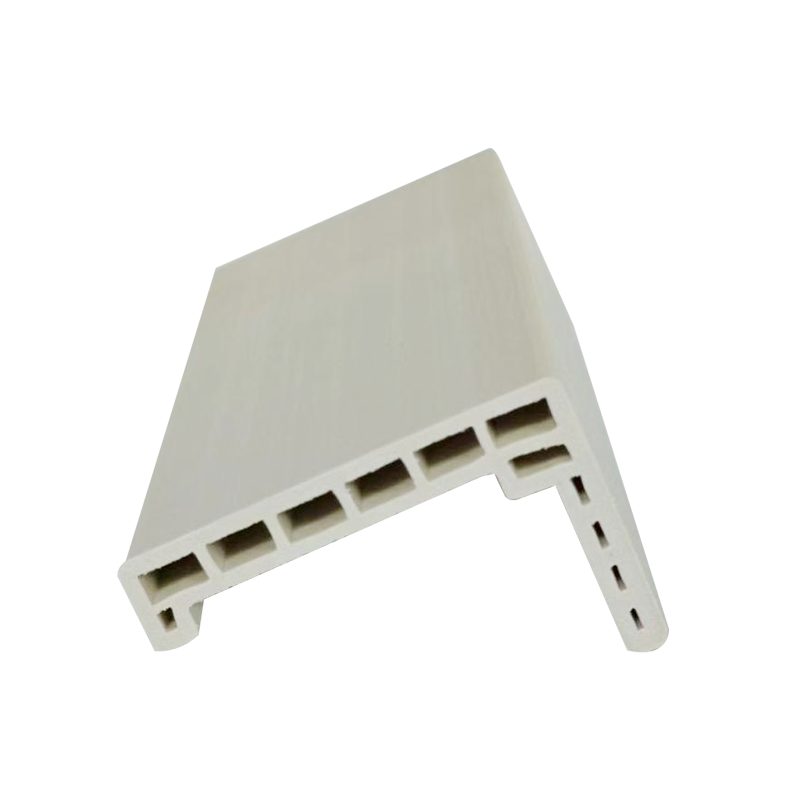Wood-Plastic Composite (WPC) architrave has emerged as a premium architectural moulding, offering a compelling blend of the aesthetic appeal of timber and the high performance of synthetic materials. However, when considering its use, a definitive "yes" or "no" for all internal and external applications requires a detailed examination of the material's composition and specific environmental demands.
The Foundation of WPC Architrave
WPC architrave is engineered from a composite material, typically a mix of recycled wood fibres, thermoplastic polymers (such as PVC, PE, or PP), and various additives. This unique blend is extruded to form a profile that possesses the inherent benefits of both components, setting it apart from traditional solid wood or MDF trim.
Suitability for Internal Applications: Highly Recommended
For interior spaces, WPC architrave is overwhelmingly considered an excellent choice, often surpassing conventional materials. Its suitability stems from several key characteristics:
-
Exceptional Moisture Resistance: Unlike MDF or natural wood, WPC architrave is virtually impervious to water. This makes it the ideal material for high-humidity areas like bathrooms, laundries, and kitchens, where swelling, warping, and rot are common issues with other trims.
-
Termite and Pest Proofing: The plastic component eliminates the organic decay that attracts insects and termites, ensuring the structural integrity of the architrave remains intact without the need for chemical treatments.
-
Low Maintenance: WPC architrave is typically pre-finished (often laminated or veneered) and requires no painting, sealing, or frequent upkeep after installation. It maintains its clean, polished look with only periodic cleaning.
-
Durability and Stability: The composite nature provides high dimensional stability. It is far less prone to the seasonal expansion and contraction seen in solid wood, which helps maintain tight mitre joints around doors and windows.
In internal environments, WPC architrave provides a long-lasting, durable, and highly stable decorative finish that effectively conceals the joint between a wall and door or window frame.

Professional Verdict
WPC architrave is an exceptional and highly recommended solution for nearly all internal applications, especially in moisture-prone areas.
For external applications, its use is suitable but conditional. Success relies on:
-
Product Quality: Using architrave specifically designed with robust UV stabilizers for prolonged sun exposure.
-
Installation Expertise: Ensuring the installer accounts for thermal expansion and contraction with appropriate gapping and fixing methods.
In essence, while WPC architrave can handle the elements far better than its traditional counterparts, specifying the right grade for the environment is the critical step in achieving a truly durable and long-lasting finish.







